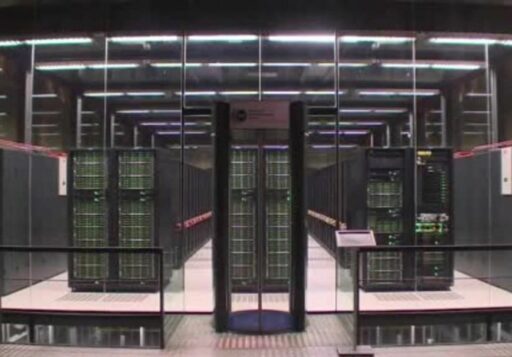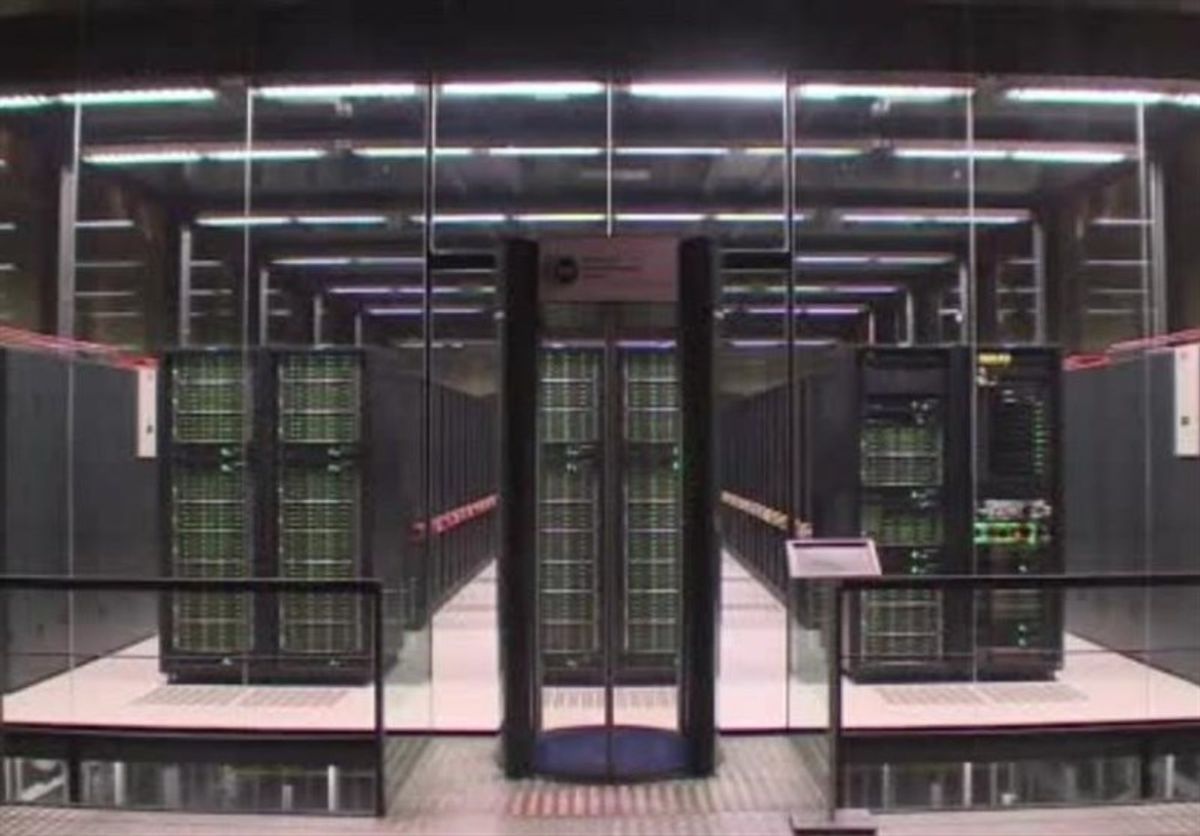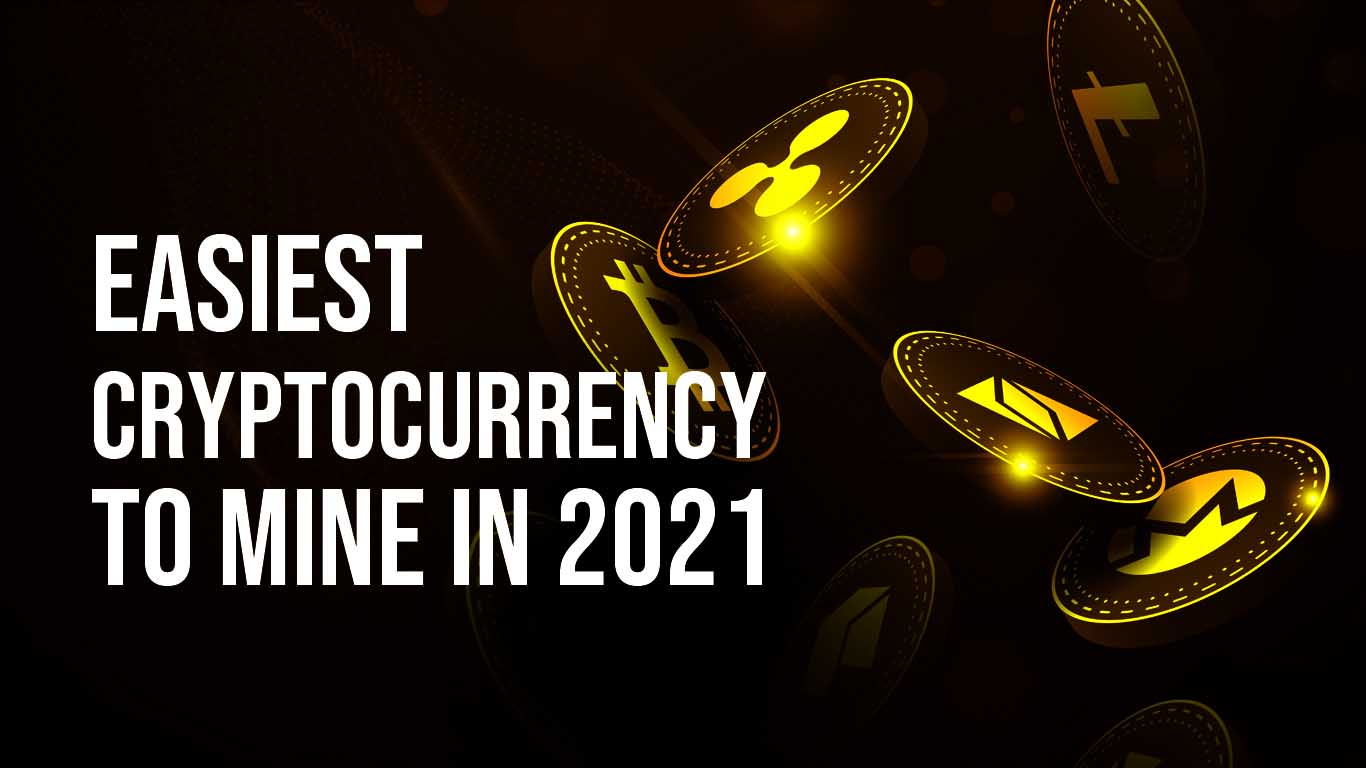Cryptocurrency mining has evolved significantly, with a diverse range of hardware and strategies being employed to remain profitable amidst market volatility and rising energy costs. In this exploration, we delve into the viability of using Raspberry Pi for crypto mining, a budget-friendly option that has garnered attention in the mining community. We assess its capabilities, compare it to traditional mining setups, and investigate strategic approaches to maximize earnings and sustainability in the dynamic landscape of cryptocurrency mining.
Key Takeaways
- The profitability of crypto mining in 2023 is heavily influenced by the evolution of mining hardware, market volatility, and energy costs.
- Raspberry Pi offers a budget-friendly mining alternative, but its capabilities and profitability need to be carefully evaluated against traditional mining rigs.
- Strategic mining, including the selection of profitable altcoins and conducting cost-benefit analysis, is crucial for maximizing earnings with Raspberry Pi.
- The sustainability of crypto mining is challenged by environmental concerns, regulatory compliance, and the long-term viability of mining operations.
- Future prospects for Raspberry Pi mining hinge on innovations in hardware and software, market predictions, and the growth of a dedicated mining community.
Assessing the Current State of Crypto Mining


The Evolution of Mining Hardware
Cryptocurrency mining has transformed from a hobbyist activity into a highly specialized industry. The shift from using personal computers to specialized mining rigs has been driven by the need for more efficient and powerful hardware to maintain profitability. Initially, miners used CPUs (Central Processing Units) from their home computers, but as the difficulty of mining increased, the industry moved towards more capable GPUs (Graphics Processing Units).
The introduction of ASICs (Application-Specific Integrated Circuits) marked a significant milestone in mining technology. These devices are engineered specifically for mining and offer superior performance over CPUs and GPUs. However, the high cost and rapid obsolescence of ASICs pose challenges for miners. The table below illustrates the progression of mining hardware over time:
| Generation | Hardware Type | Relative Performance | Power Efficiency |
|---|---|---|---|
| 1st | CPU | Low | Low |
| 2nd | GPU | Medium | Medium |
| 3rd | ASIC | High | High |
While powerful and expensive GPUs or ASICs are commonly used, there is an alternative that caters to budget-conscious miners.
As the landscape of crypto mining continues to evolve, miners must adapt to the changing technologies and market conditions. The choice of mining hardware is crucial, as it directly impacts the efficiency and profitability of mining operations. With the rise of alternative mining methods and the potential for future developments, miners are constantly seeking the most cost-effective and sustainable solutions.
Market Volatility and Its Impact on Mining
The profitability of crypto mining is inextricably linked to the volatile nature of the cryptocurrency market. Market fluctuations can dramatically affect the value of rewards from mining, making it a high-risk venture. For instance, the anticipated 2024 Bitcoin halving event may lead to industry consolidation and defaults among mining firms, as they grapple with reduced profit margins and increased operational costs.
The derivatives market presents opportunities and risks, with assets like Bitcoin experiencing volatility spikes that can be leveraged by astute miners. However, this requires constant market monitoring and a strategic approach to options trading.
Here’s a snapshot of the current market indicators relevant to mining profitability:
| Metric | Value (Q4 2023) |
|---|---|
| Market Cap (Adjusted) | $985.18M USD |
| P/E Ratio (Adjusted) | 57.88 |
These figures underscore the significant size of the cryptocurrency mining sector and the high valuation relative to earnings, which may reflect investor optimism or speculative bubbles. Miners must stay informed and agile, ready to adapt their strategies to market changes to maintain profitability.
Energy Costs and Their Influence on Profitability
Energy costs are a critical factor in the profitability of crypto mining. As miners compete to solve complex algorithms and earn rewards, the electricity required to power their operations becomes a substantial overhead. The lower the energy consumption, the higher the potential profit margins.
- Electricity Costs: High electricity rates can severely impact mining profitability. Raspberry Pi devices, however, are known for their low power consumption, offering a more cost-effective solution.
- Optimizing Energy Efficiency: By selecting energy-efficient mining algorithms and optimizing software, miners can reduce their energy footprint.
- Renewable Energy Sources: Implementing renewable energy solutions like solar panels can further decrease electricity expenses and improve ROI.
Exploring profitability and return on investment is essential for any crypto miner, especially those operating on a budget using Raspberry Pi devices. By optimizing mining efficiency and minimizing electricity costs, miners can maximize their earnings and achieve a positive ROI.
Raspberry Pi Mining: A Viable Option?


Understanding Raspberry Pi’s Mining Capabilities
The Raspberry Pi has emerged as a noteworthy player in the realm of crypto mining, particularly for those operating on a budget. Its low power consumption and affordability are key factors that make it a compelling choice for small-scale miners. However, it’s important to recognize the device’s limitations in processing power, which restricts its use to less demanding cryptocurrencies, often referred to as altcoins.
While not suitable for mining power-intensive coins like Bitcoin, the Raspberry Pi can be an effective tool for mining altcoins. Here’s a quick overview of its capabilities:
- Low power consumption
- General Purpose Input/Output (GPIO) capabilities
- Networking features
- Affordability
Despite these advantages, potential miners should be aware of the Raspberry Pi’s limited processing power and storage capacity, which may not be ideal for maintaining large blockchain databases.
In conclusion, the Raspberry Pi offers a unique combination of features that can be harnessed for mining activities, especially when cost and energy efficiency are prioritized. Its role in the mining ecosystem is defined by its ability to run 24/7, utilizing minimal resources, and providing a gateway for enthusiasts to participate in the crypto mining landscape.
Comparing Raspberry Pi with Traditional Mining Rigs
When it comes to crypto mining, traditional mining rigs have long been the go-to option for serious miners. These rigs are usually built with high-end GPUs or ASICs (Application-Specific Integrated Circuits) that are designed specifically for mining cryptocurrencies. However, with the advancements in technology, a new player has entered the mining scene – the Raspberry Pi. This small, affordable, and energy-efficient single-board computer has gained popularity among crypto enthusiasts who are looking to mine on a budget.
Both Raspberry Pi mining and traditional mining rigs have their own strengths and weaknesses. If you are on a tight budget and looking for a cost-effective and energy-efficient option, the Raspberry Pi is a great choice. It offers low-cost mining with minimal power consumption and provides versatility beyond just mining. However, if mining performance and scalability are your top priorities, traditional mining rigs with high-end GPUs or ASICs would be the better option. Ultimately, the best choice depends on your goals and resources.
When it comes to mining performance, traditional mining rigs have the upper hand. High-end GPUs or ASICs are specifically designed for mining and can offer much higher hash rates compared to a Raspberry Pi. This means that traditional mining rigs can mine cryptocurrencies at a faster rate, resulting in potentially higher profits. However, it’s important to note that the Raspberry Pi can still mine certain cryptocurrencies, albeit at a slower pace.
| Feature | Raspberry Pi | Traditional Mining Rig |
|---|---|---|
| Initial Cost | Low | High |
| Power Consumption | Low | High |
| Mining Performance | Limited | High |
| Scalability | Low | High |
| Versatility | High | Low |
Case Studies: Success Stories and Pitfalls
The landscape of crypto mining with Raspberry Pi is dotted with both inspiring success stories and cautionary tales. Success in Raspberry Pi mining often hinges on the miner’s ability to adapt and optimize. For instance, some enthusiasts have managed to create small-scale mining operations that yield modest profits by meticulously selecting the right altcoins and adjusting to market conditions.
However, not all attempts at Raspberry Pi mining lead to success. A common pitfall is underestimating the power and efficiency needed for profitable mining. The table below showcases a comparison of two case studies:
| Case Study | Initial Investment | Energy Consumption | Coins Mined | Profitability |
|---|---|---|---|---|
| Success Story | $500 | Low | Altcoins | Positive |
| Cautionary Tale | $500 | High | Altcoins | Negative |
While the initial investment might be similar, the outcomes can differ greatly due to factors such as energy costs and coin selection.
It’s essential to approach Raspberry Pi mining with a clear strategy and realistic expectations. The guide to assembling a crypto mining rig can serve as a valuable resource for both beginners and experienced miners, offering essential knowledge and practical tips for successful mining setups.
Maximizing Earnings with Strategic Mining


Selecting Profitable Altcoins for Raspberry Pi Mining
When venturing into the realm of Raspberry Pi mining, selecting the right altcoin is crucial for profitability. The Raspberry Pi’s modest hardware capabilities necessitate a focus on cryptocurrencies that are less computationally demanding. This approach can lead to a more sustainable mining practice, especially when considering the device’s energy efficiency.
The choice of cryptocurrency not only affects potential returns but also the viability of the mining operation itself.
Here’s a list of factors to consider when choosing an altcoin for Raspberry Pi mining:
- Mining algorithm: Some algorithms are more suited to the Raspberry Pi’s hardware.
- Difficulty level: Lower difficulty means less competition and more potential for profit.
- Power consumption: Essential for keeping costs down and maximizing ROI.
- Profitability: Use tools like WhatToMine to estimate potential earnings.
- Community support: A strong community can indicate a healthy and stable coin.
By carefully analyzing these factors, miners can identify altcoins that offer a balance between lower mining difficulty and potential market value growth. Examples of such altcoins include Litecoin (LTC), Monero (XMR), and Dogecoin (DOGE).
Conducting a Cost-Benefit Analysis
To determine if crypto mining, particularly with a Raspberry Pi, is a worthwhile endeavor, a meticulous cost-benefit analysis is indispensable. This involves calculating the initial investment for the Raspberry Pi setup, which encompasses the device itself, any supplementary hardware, and the essentials for cooling and power supply. These costs must then be weighed against the potential earnings, which hinge on factors such as electricity costs, mining efficiency, and the market value of the chosen cryptocurrency.
-
Initial Investment:
- Raspberry Pi device
- Additional hardware (USB miners, ASICs)
- Cooling system
- Power supply
-
Potential Earnings:
- Electricity costs
- Mining efficiency
- Cryptocurrency market value
Efficiency in crypto mining is key for sustainability and profitability. It’s crucial to factor in all expenses, including hardware costs and mining pool fees, to gauge the true return on investment (ROI). Utilizing tools for accurate profit estimation can significantly aid in this process.
Remember, the volatile nature of the crypto market necessitates regular updates and adaptations to your mining strategy. By staying informed and monitoring your operations, you can ensure long-term profitability.
Adapting Strategies to Market Changes
In the dynamic world of cryptocurrency mining, adapting strategies to market changes is crucial for maintaining profitability. As the popularity of coins and mining pools fluctuates, it’s essential to stay agile and make adjustments to your mining operations. Diversifying your mining portfolio can help mitigate risks associated with market volatility.
To optimize profitability, it’s important to monitor the performance of different mining pools and switch to those that offer better rewards. Additionally, choosing efficient hardware that can adapt to different mining algorithms will ensure that you are always ready for shifts in the mining landscape.
By staying informed and adaptable, you can preemptively adjust your mining setup to align with the latest trends and maximize your earnings within budget constraints.
Remember to regularly review and update your mining strategies. This includes assessing the efficiency of your current hardware and considering upgrades or changes to your mining rig to better suit the evolving market.
The Sustainability of Crypto Mining in 2023
Environmental Concerns and Renewable Energy Solutions
The crypto mining industry is at a pivotal juncture where environmental sustainability is no longer a secondary concern but a primary objective. The shift towards energy-efficient hardware and the adoption of renewable energy sources are critical steps in addressing the environmental impact of mining operations.
The integration of renewable energy solutions such as solar panels not only aligns with global sustainability goals but also offers a pathway to reduce operational costs and enhance the long-term viability of mining.
Mining companies are increasingly exploring renewable energy options to power their operations, which can lead to significant reductions in electricity expenses and an increase in return on investment (ROI). Resource conservation and waste reduction are becoming key drivers in the industry, with a growing demand for remanufactured components that extend the lifespan of mining equipment.
| Energy Source | Advantages | Considerations |
|---|---|---|
| Solar Panels | Low cost, Renewable, Reduces carbon footprint | Initial setup cost, Weather dependency |
| Wind Energy | Renewable, Scalable, Low operating cost | Geographic limitations, Infrastructure investment |
By optimizing software and utilizing low-power components, miners can significantly decrease energy consumption without compromising performance. This approach, coupled with renewable energy adoption, positions the mining industry to meet both environmental and legal standards related to energy consumption.
Long-Term Viability of Mining Operations
The long-term viability of crypto mining hinges on the industry’s ability to adapt to various challenges, including market fluctuations, technological advancements, and operational costs. Being a low-cost operator is crucial for sustaining competitive advantage in the mining landscape. Companies are increasingly focusing on cost reduction strategies and efficiency improvements to stay profitable.
- Strengthening self-mining capabilities
- Diversifying business operations
- Emphasizing sustainability and regulatory compliance
The transition to renewable energy sources is not just an environmental imperative but also a strategic economic opportunity. Mining operations that leverage renewable energy can potentially reduce costs and increase profitability.
The U.S. mining remanufacturing component market is expected to grow, indicating a trend towards sustainable solutions. This growth is driven by the need to extend the lifespan of mining equipment, reduce material extraction, and adhere to environmental regulations. The long-term success of mining operations will likely depend on their ability to remain agile and responsive to these evolving industry dynamics.
Regulatory Challenges and Compliance
The landscape of crypto mining regulation is as dynamic as the cryptocurrencies themselves. In 2023, miners must navigate a complex web of laws that vary by jurisdiction, impacting the overall profitability and legality of their operations.
Political shifts, particularly with the upcoming 2024 elections, introduce a layer of uncertainty. The stance of the U.S. government towards cryptocurrencies could change significantly, influencing the regulatory environment for miners. This unpredictability necessitates a proactive approach to compliance and an understanding of potential future changes.
- Financial inclusivity and environmental sustainability are increasingly important in the discourse around cryptocurrency regulation. These values could drive bipartisan support, shaping future legislation.
- The importance of technology in mining cannot be overstated. As regulations evolve, so must the technology and strategies employed by miners to remain compliant and profitable.
Miners must remain vigilant and adaptable, ready to adjust their strategies in response to regulatory changes to maintain profitability and legal standing.
Future Prospects and Potential of Raspberry Pi Mining


Innovations in Raspberry Pi and Mining Software
The landscape of crypto mining is constantly evolving, with innovations that cater to both high-efficiency rigs and budget-friendly solutions. For Raspberry Pi enthusiasts, these advancements are particularly significant, as they open up new possibilities for mining without the need for high-powered rigs.
The integration of renewable energy sources and the development of BlockDAG technology are among the key innovations that have made mining more accessible and sustainable.
With the right mining software, Raspberry Pi can become a more potent tool in the crypto mining arsenal. Software options like CGMiner and BFGMiner are tailored for cryptocurrency mining, offering improved performance over general-purpose software. The choice of software is crucial, as it can greatly influence the mining efficiency and overall success of the operation.
The Raspberry Pi community’s support and the availability of dedicated mining software packages, such as MinePeon and MineOS, further enhance the device’s mining capabilities. These packages provide user-friendly interfaces and are designed to streamline the mining process, making it easier for miners to manage their operations.
Predicting the Market: Is There a Future in Budget Mining?
As we approach 2025, the cryptocurrency market is projected to reach a staggering $3.3 trillion in market capitalization, with mining companies vying for the most advanced hardware to stay ahead. This fierce competition raises the question of whether budget mining, particularly through devices like Raspberry Pi, can remain a viable player in the mining ecosystem.
The allure of budget mining lies in its accessibility and low entry cost, but it’s not without its challenges. Here are some key considerations for those looking to dive into Raspberry Pi mining:
- Understanding the limitations of Raspberry Pi in terms of computational power and energy efficiency.
- Comparing the initial setup costs and ongoing expenses with potential mining rewards.
- Staying informed about the latest mining algorithms and coins that are suitable for Raspberry Pi mining.
While the future of budget mining is uncertain, the adaptability and innovative spirit of the Raspberry Pi community could pave the way for new mining possibilities.
Ultimately, the viability of Raspberry Pi mining will hinge on the community’s ability to innovate and adapt to market conditions. With the right approach, Raspberry Pi miners could carve out a niche in the evolving landscape of cryptocurrency mining.
Building a Community Around Raspberry Pi Mining
The Raspberry Pi mining community is a testament to the innovative spirit of budget crypto miners. By sharing knowledge and resources, enthusiasts are able to overcome the limitations of individual setups and collectively enhance their mining efficiency.
- Collaborative problem-solving and optimization tips
- Sharing of custom software and hardware modifications
- Success stories that inspire and guide newcomers
The synergy within the Raspberry Pi mining community not only fosters a supportive environment but also propels the potential of budget mining forward.
As the community grows, so does the repository of shared experiences, which is crucial for navigating the ever-changing landscape of cryptocurrency mining. This collective intelligence becomes a powerful tool for monitoring market trends and adapting strategies accordingly, ensuring that even small-scale miners can remain competitive.
Conclusion
In conclusion, crypto mining in 2023 remains a nuanced venture, with profitability hinging on several key factors. For budget-conscious miners, especially those utilizing Raspberry Pi setups, the focus should be on optimizing mining efficiency, minimizing electricity costs, and selecting the right cryptocurrencies. While the Raspberry Pi may not compete with the power of dedicated mining rigs, it offers a low-cost entry point into the mining space. The potential for profit exists, but it requires careful planning, ongoing strategy adaptation, and a keen eye on market trends and electricity rates. As we’ve explored throughout this article, by making informed decisions and regularly monitoring your mining operations, you can still find success in the dynamic and ever-evolving world of cryptocurrency mining.
Frequently Asked Questions
Is cryptocurrency mining still profitable in 2023?
The profitability of cryptocurrency mining in 2023 depends on several factors, including the cost of electricity, the efficiency of mining hardware, market volatility, and the price of the cryptocurrency being mined. While it is more challenging than in the past, strategic choices and efficient setups can still yield profits.
Can you mine cryptocurrency with a Raspberry Pi?
Yes, you can mine cryptocurrency with a Raspberry Pi, but it is less powerful than traditional mining rigs. It is best suited for mining less resource-intensive altcoins and serves as an educational tool or a low-cost entry point into the mining space.
What are the most profitable cryptocurrencies to mine on a Raspberry Pi?
The most profitable cryptocurrencies for Raspberry Pi mining are typically those that do not require intense computational power. It’s important to research and compare potential profitability, considering factors like network difficulty and coin value.
How do you conduct a cost-benefit analysis for crypto mining?
To conduct a cost-benefit analysis for crypto mining, calculate all expenses including hardware, electricity, and maintenance costs. Compare these against the expected earnings from mining, taking into account the mining efficiency, the value of the cryptocurrency, and market conditions.
What are the environmental concerns associated with crypto mining?
Crypto mining is energy-intensive and can have a significant carbon footprint. The use of non-renewable energy sources contributes to greenhouse gas emissions. However, the industry is moving towards renewable energy solutions to mitigate environmental impact.
Is Raspberry Pi mining a sustainable long-term practice?
Raspberry Pi mining may not be sustainable as a primary income source due to its limited power. However, it can be sustainable as an educational tool, hobbyist activity, or for experimentation with new cryptocurrencies, especially if renewable energy sources are used.






